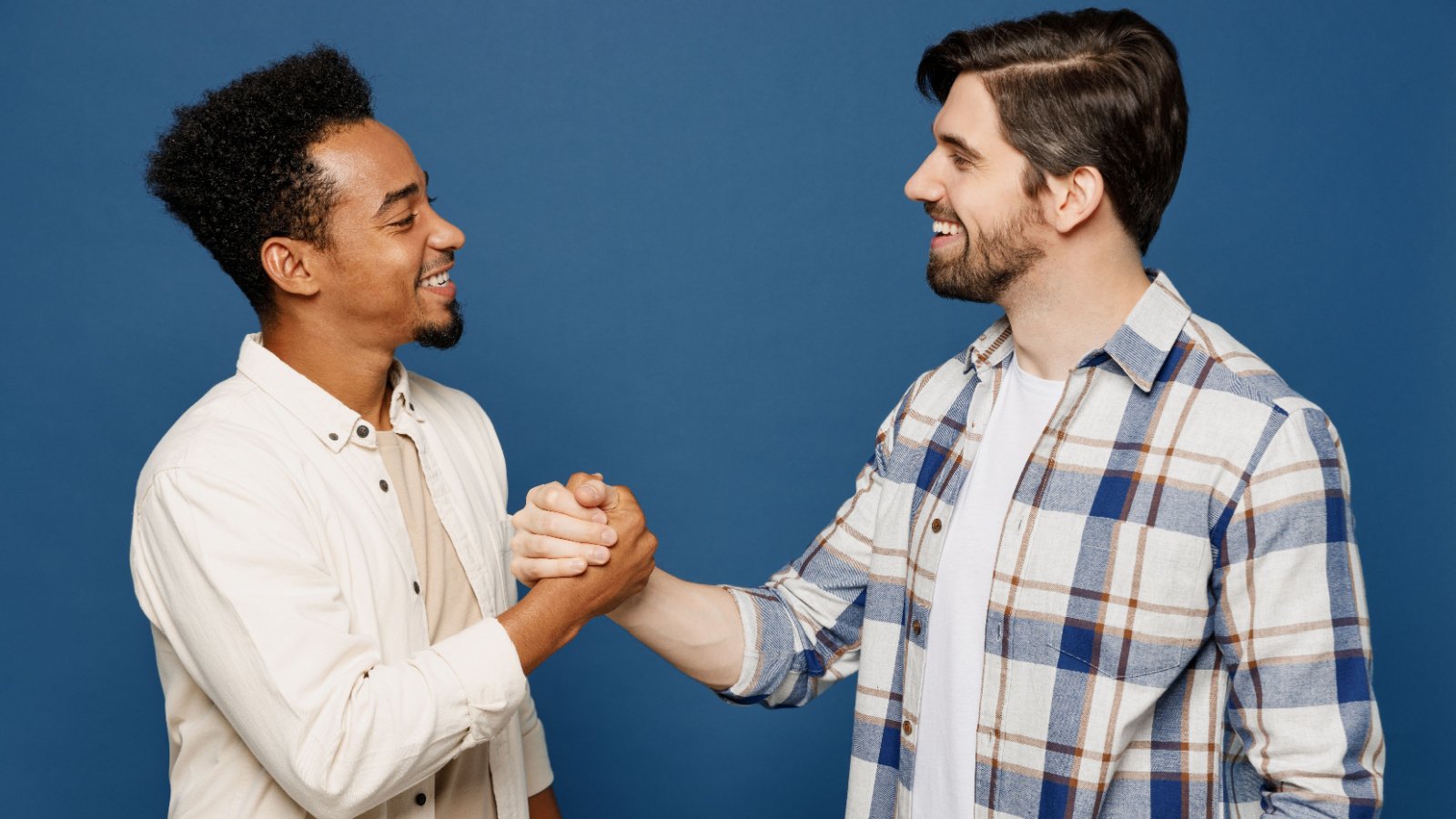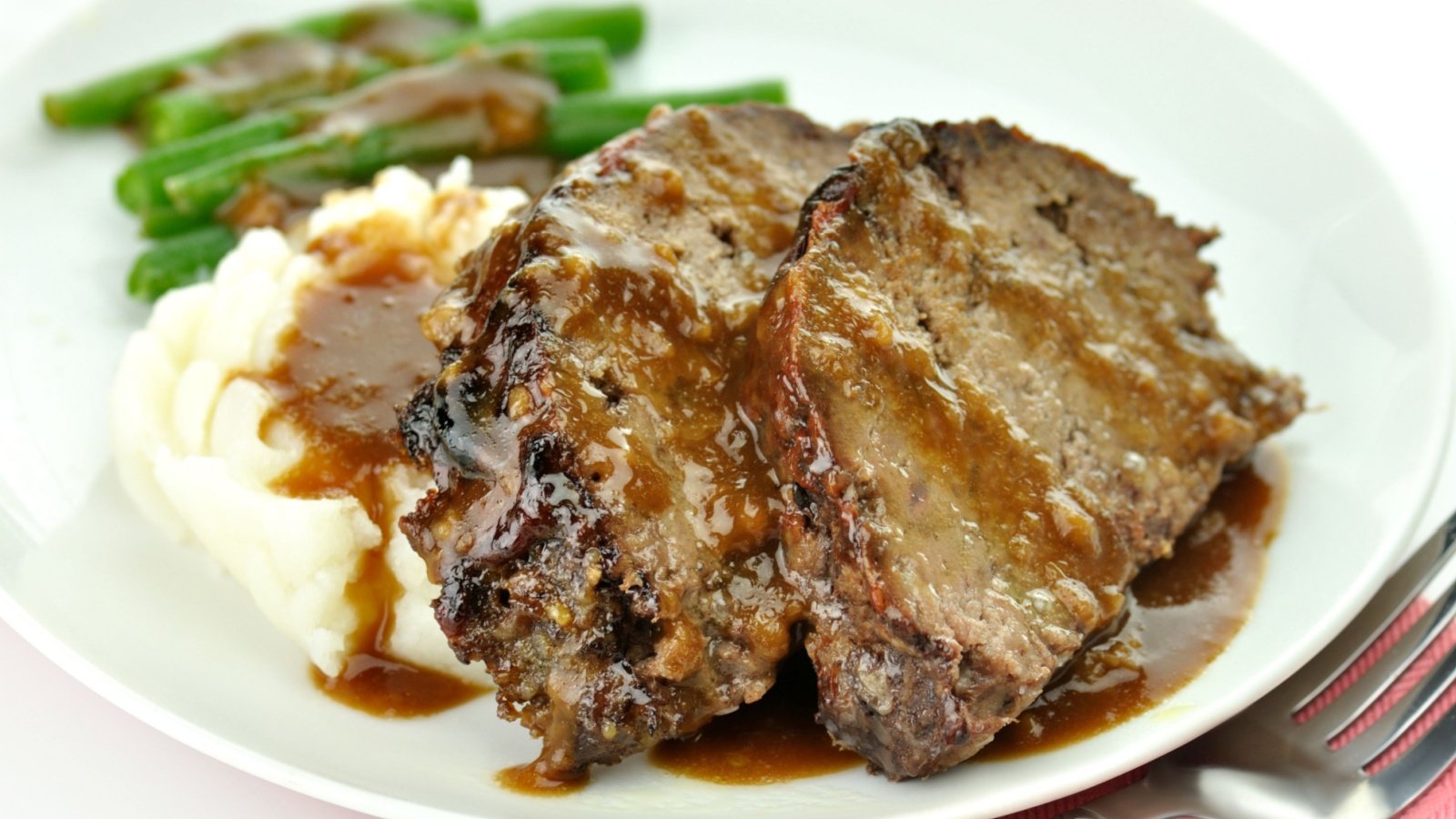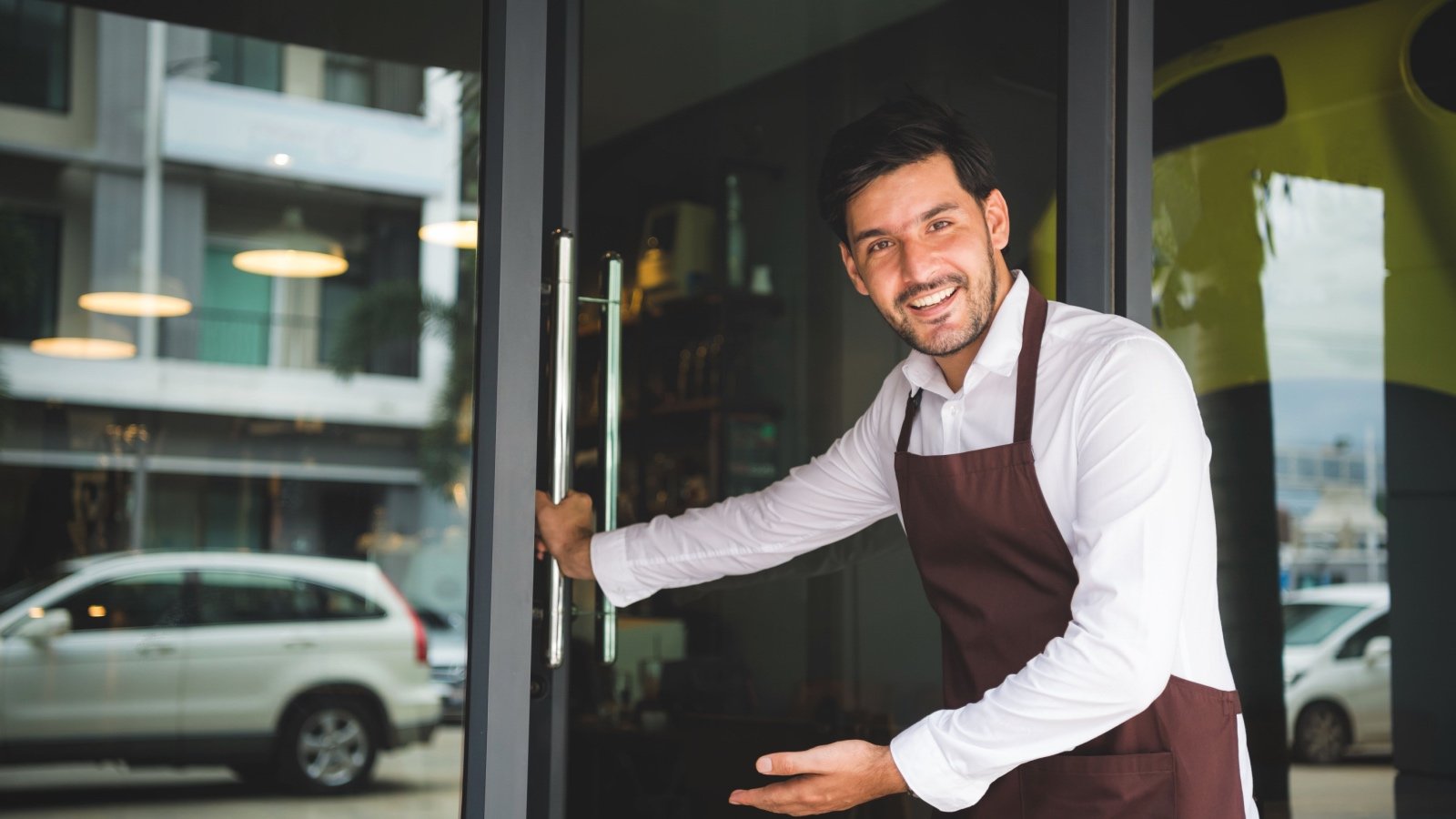When baby boomer slang collides with millennial understanding, the result is often confusion and amusement. Once cool, these phrases are now linguistic relics that have millennials rolling their eyes.
Groovy

Describing something as “groovy” was the ultimate compliment, implying it was wonderful or cool. The term saturated the airwaves and conversations during the ’60s and ’70s. Today, it might elicit puzzled looks from millennials, who prefer “lit” or “cool.”
Far Out

“Far out” expressed amazement or approval, similar to how “awesome” is used today. It was often accompanied by a sense of wonder or disbelief. Now, saying it might make a millennial pause and wonder if you’re talking about distance.
Sock It To Me

Popularized by the show Rowan & Martin’s Laugh-In, “Sock it to me” meant to give it your best shot or surprise me. It was a catchphrase that embodied the vibrant energy of its era. Millennials might need a moment to connect it with its modern equivalents like “bring it on” or “hit me with your best shot.”
Boogie

To “boogie” meant to dance, especially to disco music in the ’70s. It encapsulated the joy and freedom of hitting the dance floor. Today, the term might be met with bemusement, replaced by “twerk” or simply “dance.”
Peace Out

“Peace out” was a way to say goodbye, emphasizing peace and good vibes as you departed. While still somewhat understood, its usage has waned, with millennials opting for “later” or “bye.” It’s a relic of a more peace-focused era.
Psychedelic

“Psychedelic” described mind-altering experiences often associated with drug use but also referred to vibrant, swirling colors. It was a hallmark of the ’60s counterculture. Now, the term might be met with curiosity or confusion, as millennials might only recognize it in the context of art.
Bogart

To “Bogart” something meant to hog or keep it all to oneself, inspired by actor Humphrey Bogart’s on-screen demeanor. It’s a phrase that perfectly captured the action of not sharing. Millennials might simply say, “Don’t be greedy” or “Stop hogging.”
The Man

Referring to authority figures as “The Man” was a way to criticize or highlight oppression by the government or corporate entities. It embodied a rebellious spirit against societal norms. While the concept is understood, the term itself is less commonly used by younger generations.
Square

Calling someone a “square” was to label them as conventional, boring, or not cool. It was the antithesis of being hip or groovy. Today, millennials might use “basic” or “normie” for a similar meaning.
Dig

To “dig” something meant you understood or really liked it. “I dig it” could easily be “I get it” or “I love it” in today’s vernacular. “Can you dig it?” meant: Are you with me? Millennials might instead say “I vibe with it.”
Flip Your Wig

To “flip your wig” meant to have a strong reaction, lose control, or go crazy, often from excitement or anger. It’s a phrase that paints a vivid picture, yet it’s rarely heard now. Millennials might say “freak out” or “lose it.”
Cat’s Pajamas

Something described as the “cat’s pajamas” was top-notch or the best person or thing. It’s a quirky and endearing phrase that’s largely fallen out of use. Now, you might hear “the bomb” or “the best.”
Bread

“Bread” was slang for money, embodying the essential nature of income. While the term is somewhat timeless, it’s not as commonly used among younger generations. Millennials might say “cash,” “money,” or “dough.”
Rap Session

A “rap session” was an intense conversation or informational meeting, not to be confused with music. It involved deep discussions or venting. Today, it might be called a “heart-to-heart” or “deep talk.”
Cool Beans

“Cool beans” expressed approval or happiness, similar to “awesome” or “great.” It’s a phrase that carries a playful and somewhat goofy air now. Millennials are more likely to simply use “cool” or “nice.”
Crash

To “crash” meant to go to sleep, often suddenly or at someone else’s place. While still used, it’s less specific to a generation and more about context. “I’m going to crash” can still be heard, but with various digital devices, sleep seems ever more elusive.
What’s Your Bag?

Asking, “What’s your bag?” was a way to inquire about someone’s interest or problem. It implied everyone had their own ‘bag’ or thing. Today, millennials might ask, “What’s your thing?” or “What’s up with you?”
Make Waves

To “make waves” meant to cause trouble or disrupt the status quo. It was often used in the context of social change or personal defiance. Millennials might say “shake things up” or “disrupt.”
Catch You on the Flip Side

“Catch you on the flip side” was a way to say goodbye, with the “flip side” referring to seeing someone later. It harks back to vinyl records and their two sides. Nowadays, “see you later” or “catch you later” are more common.
Hang Loose

“Hang loose” encouraged relaxation or taking it easy, often accompanied by a hand gesture. It’s a reminder of a more laid-back era. While the sentiment remains, millennials might say “chill” or “relax.”








